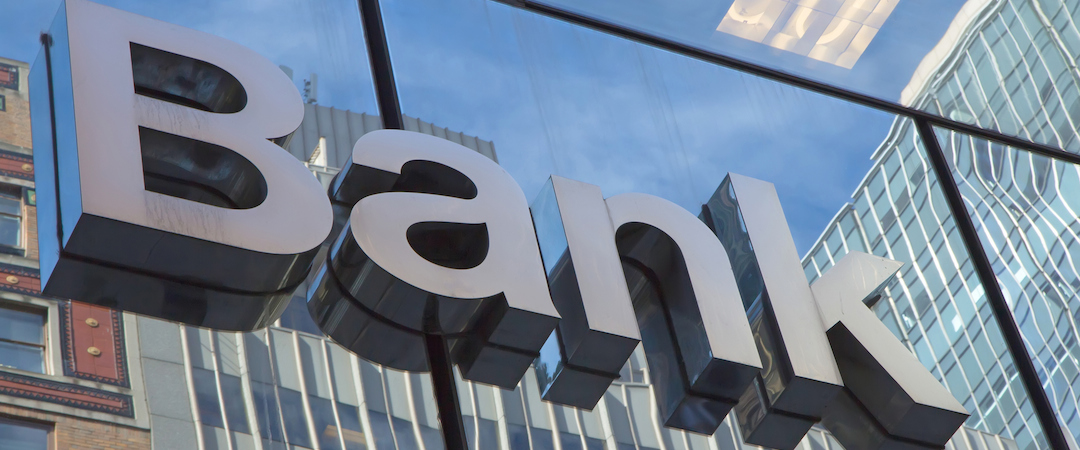Yet another piece of jargon has gradually entered the financial vernacular. Challenger banks. We are all supposed to know what they are. And – whatever they are – apparently they are spearheading a revolution in the banking customer experience.
Challenger banks are usually new startup banks. Because they are new, they have the advantage of being able to start afresh both in terms of technology and reputation. Technologically they can build their systems and processes from scratch without having to accommodate, maintain or replace existing legacy IT systems or traditional buildings. Reputation-wise they start with a clean slate, untarnished by the financial crash or a history of banking scandals and shame.
Overall, challenger banks are targeting today’s contemporary and demanding customers with the promise of a refreshing transparent and intuitive user experience that is based on mobile digital banking and greater transparency all round.
But it would be a mistake to view all challenger banks as a identical. Whilst they may be the same species, there are four main different breeds emerging:
- Full service banks
Existing banks such as The Co-op and TSB come under the umbrella of challenger banks in that they are smaller than the big High Street banks and more able and willing to differentiate their products and services. Whilst already offering well-known brands, and having single-digit millions of customers, they are increasingly transforming their operating models and moving to digital channels, whilst still maintaining a physical presence with networks of up to 600 branches. - Specialist banks
This is something of a niche sector that centres around specialist lending and saving for specific customers such as SMEs and the buy-to-let market. For example Aldermore, Secure Trust and Shawbrook. They generally operate via regional offices, call centres, third party distribution channels and digital channels. - Digital-only banks
Such banks are based around innovative technology platforms – particularly mobile apps – that promise exceptional user experience and customer engagement. Digital-only banks – such as Monzo, Starling and Tandem – are building their business on the crest of the growing digital wave and aim to target both digital natives and converts. - Non-bank brands
These banks have parent companies that are already strongly established in other sectors – for example, Sainsbury’s, Tesco, M&S and Virgin Money. As such they already have strong and trusted brands, and will target customers already loyal to the parent group.
Between them, the digital disruption of the challenger banks is putting the rest of the banking industry under siege. This is most apparent in terms of the banking customer experience. Here are the five main ways they’re doing it.
- Flexibility towards customers needs
Challenger banks are willing to rethink what “banking” is for the customers they target. One example is Soldo, who have created a host of new features designed specifically for businesses that need to authorise their workers to spend. One of these features is to enable businesses the ability to deposit funds into an account and issue debit cards to their employees and contractors to be able to access funds from this account. Spending is tracked and monitored through the Soldo website and mobile app. Most challenger banks are also willing to partner with best of breed third parties to enable them to offer services that are not core to their businesses. - Mobile app centred
An increasing number of customers are managing their banking on their smartphones, and many challenger banks are taking advantage of this. Virtually all of them offer iOS and Android apps and these usually have the combination of style and functionality to create an excellent mobile-friendly user experience. Some banks such as Atom make it clear that they’re all about mobile: “We’re the UK’s first bank built exclusively for mobile.” - Building innovative technology
Challenger banks promise to offer revolutionary digital products. They have the technology that enables them to do seemingly simple things that big banks seem unable or unwilling to match, such as rapid account opening, simple money transfers, real-time balance information, flexible spending data analysis, and biometric security. Monzo even offers an API that its more tech-savvy customers can use to build their own banking apps. - Transparency
A major focus for many challenger banking services is to be transparent about how they make money and to make fun of the concept of small print. Banks such as Soldo display all their fees and limits prominently at signup. This is a major USP of challenger banks, given the variety of banking scandals over the past couple of decades - Adopting more efficient business models
Challenger banks have tremendous savings potential as compared with traditional banks because most of them do not have buildings and branches to maintain. This means that they can adopt business models that big banks are unable to, and in many cases, pass savings onto customers in terms of lower or zero fees and higher interest rates on savings.
So, challenger banks are certainly disrupting the banking industry in many different ways and it will be exciting to see how things progress from here. Will the revolution continue to pick up pace, or will it lose momentum? As these banks become more well-established will they begin to fall into the same patterns as their predecessors? Time will tell – and we will revisit this topic again in a few months time for an update.
